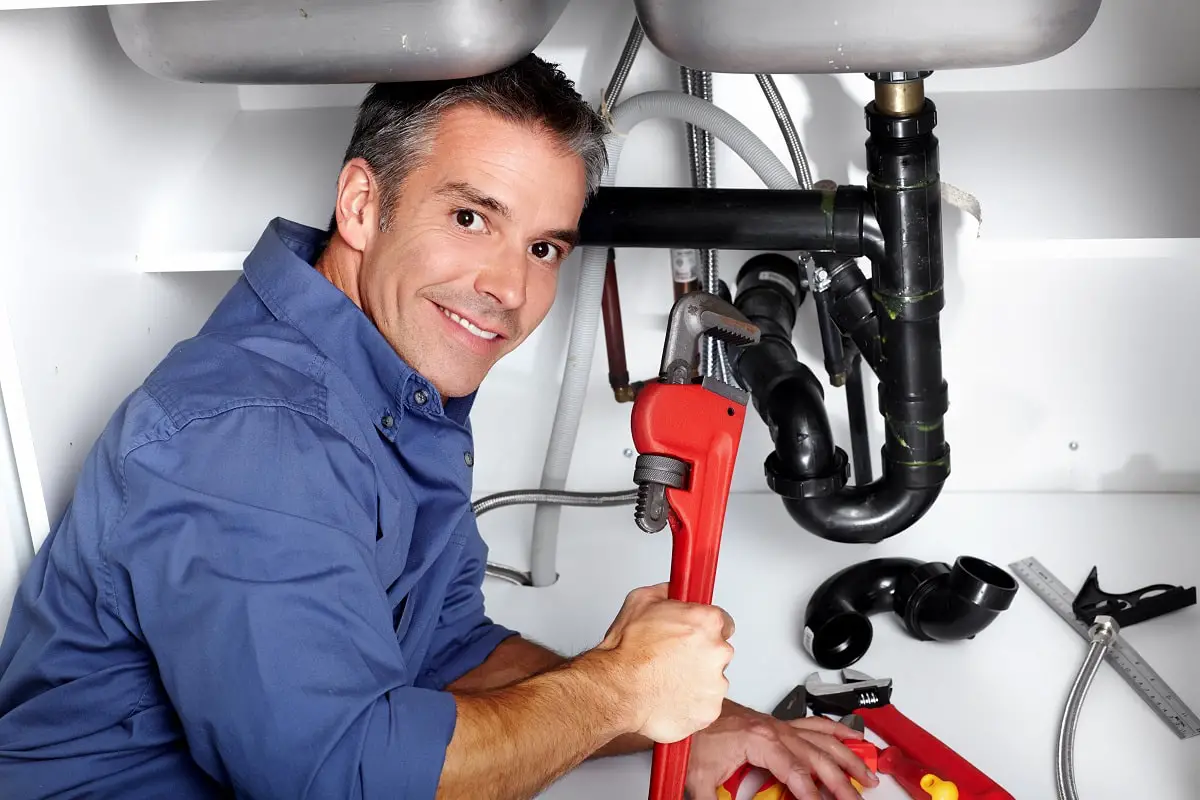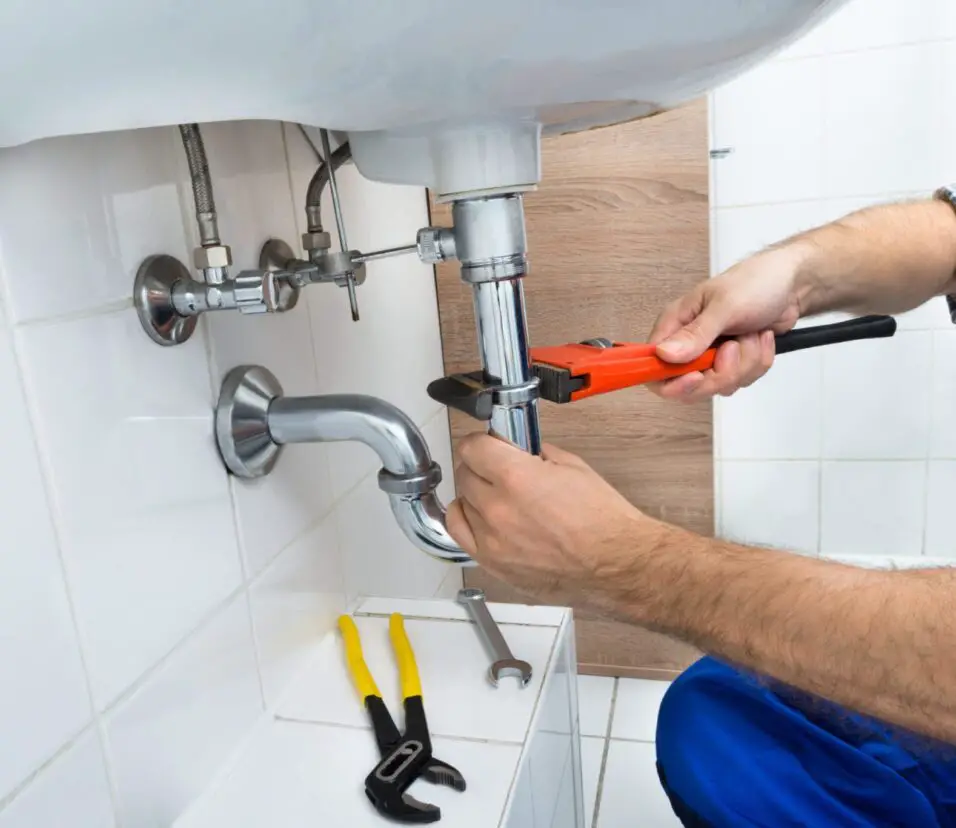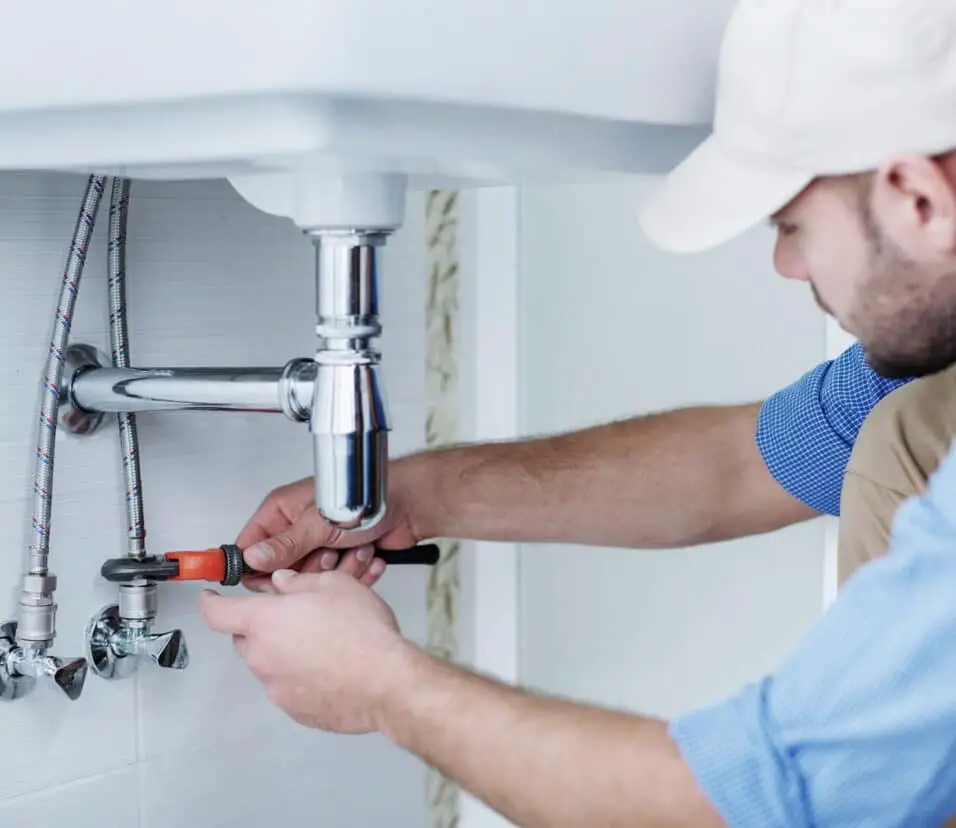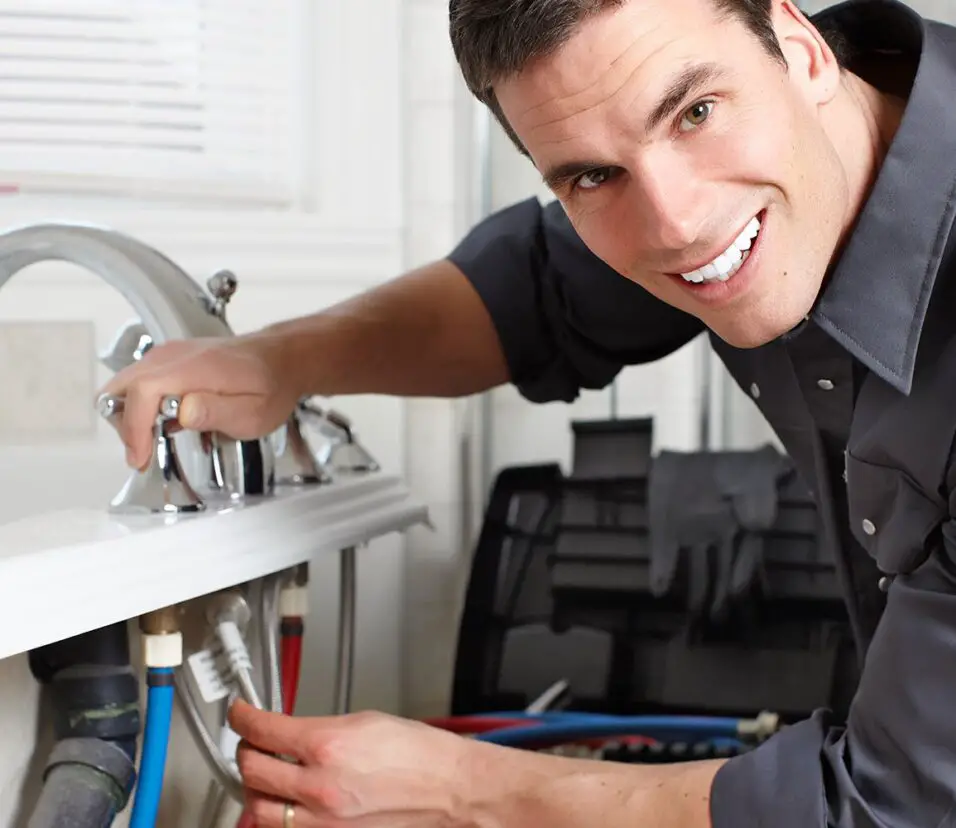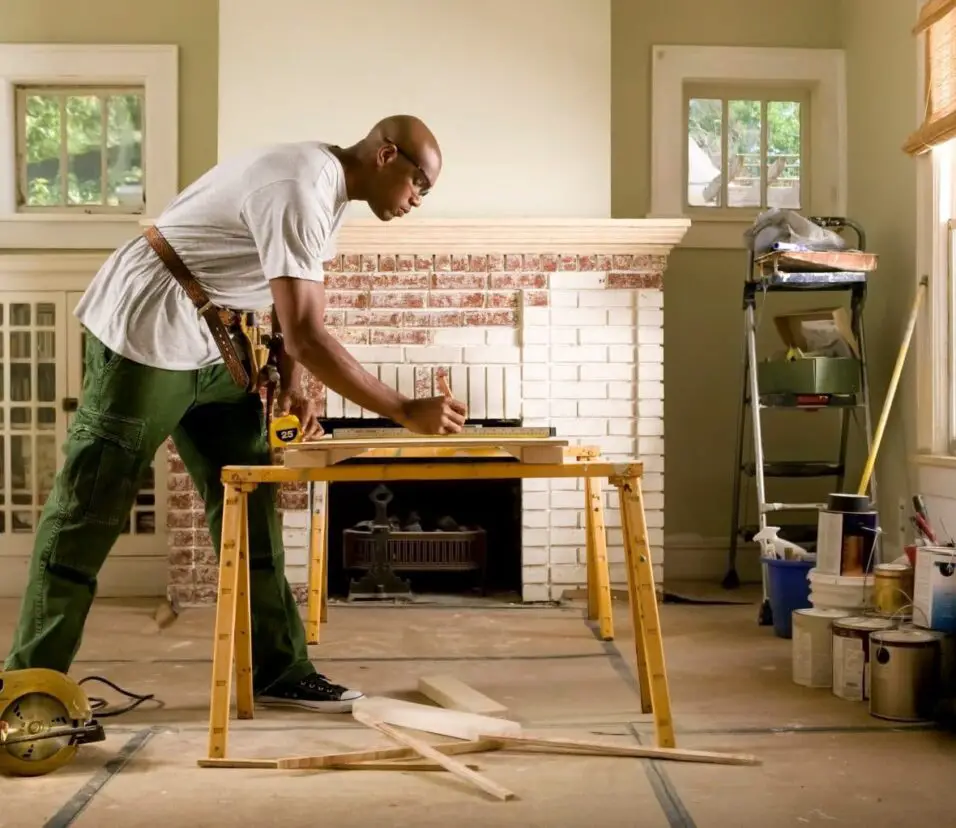What Causes Backflow In Plumbing
Introduction
What Causes Backflow In Plumbing: Backflow is a critical plumbing issue that poses significant risks to water quality and public health. In plumbing systems, water is meant to flow in one direction, from the potable water supply to the points of use. Such as faucets, showers, and toilets. However, under certain circumstances, water flow can be reversed. Causing contaminated or non-potable water to flow back into the clean water supply. This phenomenon, known as backflow, can result in the infiltration of harmful substances and pollutants into the water distribution system. Potentially leading to waterborne diseases and health hazards.
The occurrence of backflow in plumbing systems is primarily attributed to changes in water pressure. In a well-designed plumbing devices, water pressure is maintained at a level that ensures a unidirectional flow of water. However, situations may arise where the pressure within the system experiences fluctuations due to various factors. These factors can include sudden demand surges. Water main breaks, firefighting activities, or changes in supply pressure from the municipal water source. When such changes create a pressure difference between the clean water supply. The contaminated water source, backflow can occur, leading to the unwanted reversal of water flow.
Numerous potential sources of contamination can cause backflow in plumbing systems. Common culprits include irrigation systems, fire sprinkler systems, industrial processes, and plumbing fixtures like toilets and sinks. For instance, if there is a cross-connection between a garden irrigation system and the potable water supply. A drop in supply pressure could cause water from the garden, possibly containing fertilizers or pesticides, to flow back into the drinking water lines.
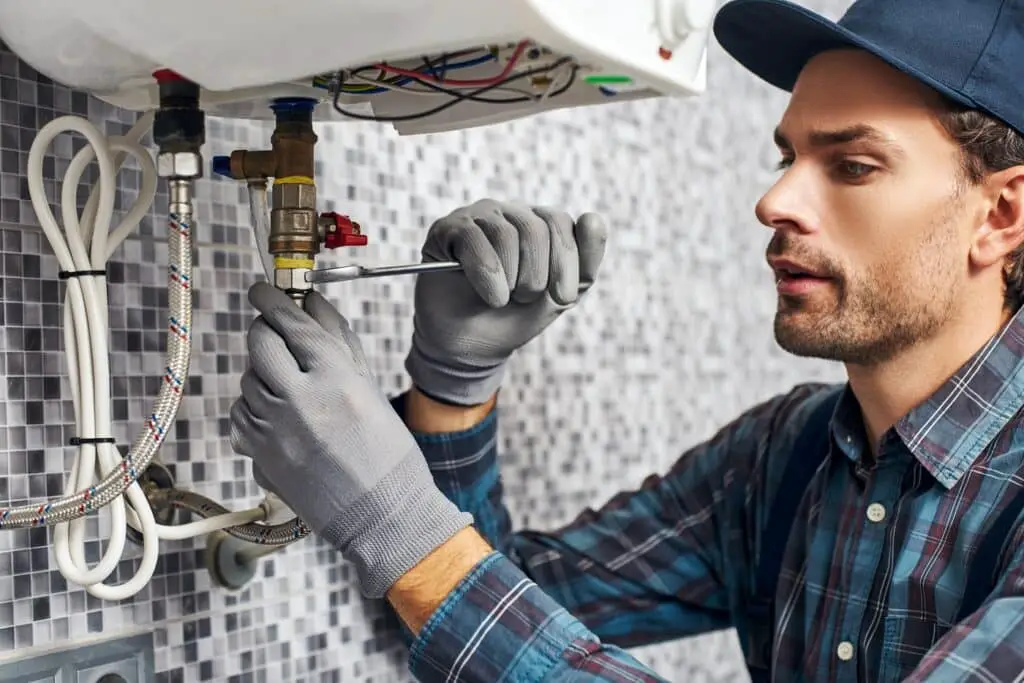
What are common causes of backflow in plumbing?
The following are the main events that can cause backflow to happen:
- A Broken Water Main.
- Prolonged Power Breakdown.
- Plumbing Overhauling.
- In-house Pressure Difference.
- Bathroom Faucet.
- Clogged Drain or Sewer.
- Outdated and Damaged Fittings.
Backflow in plumbing systems can occur due to a variety of common causes. Each resulting in a disruption of the normal unidirectional flow of water. One prevalent cause is back siphonage, which happens when there is a sudden drop in the supply water pressure. This drop creates a vacuum effect, pulling water back into the main supply line from downstream points of use. Back siphonage can be triggered by events such as firefighting activities. Water line breaks or high water demand in nearby areas.
Another frequent cause of backflow is back pressure. This occurs when the downstream pressure exceeds the supply pressure, forcing water to flow in the opposite direction. Back pressure can arise from factors like pumps, boilers, or other pressurized systems connected to the plumbing network. Industrial processes that use higher pressures than the water supply can also cause back pressure and subsequent backflow.
Cross-connections are another critical cause of backflow. A cross-connection is a connection between a potable water supply and a non-potable source. Such as a garden hose submerged in a pool or connected to a chemical tank. If the pressure on the non-potable side becomes greater than the potable side, contaminated water. Can be drawn back into the clean water supply.
What Are 2 Causes Of Backflow?
Causes. Backflow occurs for one of two reasons, either back pressure or back siphonage. Back pressure is the result of a higher pressure in the system than in its supply, i.e. the system pressure has been increased by some means. This may occur in unvented heating systems, where thermal expansion increases the pressure .
Backflow in plumbing systems can be attributed to various causes. But two significant factors stand out: back siphonage and back pressure.
Back Siphonage
Back siphonage occurs when there is a sudden decrease in the supply water pressure, leading. To a vacuum effect that pulls water back into the main water supply line from downstream points of use. This can happen in situations where the water supply pressure drops due to events like firefighting activities. Water main breaks or high water demand in neighboring areas. For instance, when firefighters use hydrants to battle a fire, the massive water flow can cause a sudden drop in pressure, leading to back siphonage in nearby plumbing systems.
Back Pressure
Back pressure occurs when the pressure on the downstream side of a plumbing system exceeds the pressure in the supply line. This forces water to flow in the opposite direction, leading to backflow. Back pressure can be caused by various factors, such as pumps, boilers, or other pressurized systems connected to the plumbing network. Industrial processes that require higher pressures than the water supply can also cause back pressure. Additionally, if a plumbing system is equipped with a booster pump to increase water pressure for certain fixtures or appliances, there is a risk of backflow if the pump’s pressure exceeds the supply pressure.
Both back siphonage and back pressure can lead to contaminated or non-potable water infiltrating the clean water supply, posing serious health risks and potential damage to plumbing systems. To prevent backflow, appropriate backflow prevention devices must be installed, and cross-connections between potable and non-potable water sources must be identified and eliminated. Regular maintenance and adherence to local plumbing codes and regulations are crucial in safeguarding the integrity of plumbing systems and ensuring the safe delivery of potable water to consumers.
What Risk Is Caused By Backflow?
A backflow hazard occurs when contaminated water flows back into the clean water supply. This can happen when there is a drop in water pressure or when dirty water is released into the system. Contaminating the drinking water supply and leading to outbreaks of waterborne diseases.
Backflow poses significant risks to both public health and the integrity of plumbing systems.
When backflow occurs, contaminated or non-potable water can flow back into the clean water supply, leading to several potential hazards
Health Risks: One of the most critical dangers of backflow is the potential for waterborne diseases and illnesses. Contaminants such as bacteria, viruses, chemicals, and other hazardous substances may enter the potable water system, making it unsafe for consumption or daily use. Waterborne diseases like cholera, giardiasis, and E. coli infections can spread rapidly when contaminated water is unknowingly consumed by individuals. Vulnerable populations, such as children, the elderly, and those with weakened immune systems, are particularly at risk.
Cross-Contamination: Backflow can result in cross-contamination, where the clean water supply becomes mixed with pollutants or non-potable water. This can lead to a degradation of water quality, affecting its taste, odor, and appearance. Cross-contamination can also damage plumbing fixtures and appliances, reducing their lifespan and causing additional expenses for repairs or replacements.
Environmental Impact: Backflow incidents can have adverse effects on the environment. If contaminated water flows back into the water distribution system, it can eventually find its way into natural water bodies, causing pollution and harming aquatic ecosystems. Chemicals and pollutants from backflow can disrupt the balance of aquatic life and contaminate water sources used by wildlife and plants.
Legal and Financial Consequences: In some cases, backflow incidents can lead to legal liabilities for property owners and public utilities. Failure to comply with local plumbing codes and regulations related to backflow prevention may result in fines or legal penalties. Moreover, the costs associated with rectifying backflow issues, conducting investigations, and implementing preventive measures can be substantial.
What Happens If Backflow Occurs?
Backflow refers to when water flows in the opposite direction through its intended system. When this occurs, homeowners may experience contaminated drinking water, putting themselves and their families at risk.
If backflow occurs in a plumbing system, it can lead to a range of undesirable consequences, posing significant risks to public health, property, and the environment. Backflow results in the reversal of water flow, allowing contaminated or non-potable water to infiltrate the clean water supply. The following are some of the potential outcomes when backflow happens:
Contaminated Water Supply
The most immediate and concerning consequence of backflow is the contamination of the potable water supply. Contaminants such as bacteria, viruses, chemicals, fertilizers, pesticides, and other pollutants from sources like irrigation systems, industrial processes, or plumbing fixtures can enter the water distribution system. This contaminated water then becomes available for consumption, posing severe health risks to individuals who come into contact with it or use it for drinking, cooking, or personal hygiene.
Spread of Waterborne Diseases
Backflow incidents can lead to the rapid spread of waterborne diseases and illnesses. Harmful microorganisms, like E. coli, giardia, and norovirus, may thrive in the contaminated water, causing outbreaks of gastrointestinal infections and other serious health issues.
Damage to Plumbing Systems
Contaminated water can cause corrosion and damage to plumbing infrastructure, including pipes, valves, fixtures, and appliances. Over time, this can lead to leaks, reduced water pressure, and the need for costly repairs or replacements.
Legal and Financial Consequences
Property owners and businesses may face legal liabilities and financial repercussions if backflow incidents occur due to negligence or failure to comply with local plumbing codes. Fines and legal penalties may be imposed, and the costs associated with rectifying backflow issues can be substantial.
Environmental Impact
Backflow can have adverse effects on the environment when contaminated water infiltrates natural water bodies or ecosystems. It can lead to water pollution, harm aquatic life, and damage plants and wildlife that rely on clean water sources.
Disruption of Water Services
In severe cases, backflow incidents can disrupt the water supply to homes, businesses, and entire communities. When contamination is detected, authorities may need to shut off the water supply temporarily to investigate and address the issue, causing inconvenience and potential hardships for residents and businesses.
To prevent these potential consequences, it is crucial to implement effective backflow prevention measures in plumbing systems. Backflow prevention devices, such as backflow preventer valves and air gaps, help protect the clean water supply by preventing the reverse flow of water and keeping contaminants from entering the distribution system. Regular inspections, maintenance, and compliance with plumbing regulations play a vital role in ensuring the safety and integrity of water supply systems.

What Are The Problems With Backflow?
Damaged or defective backflow preventers can cause drain buildup, leaving unwanted messes in the bathroom and kitchen. These issues may spread throughout other water fixtures, drains, and sinks. You should also check for discolored water. Cloudy or discolored water indicates a broken backflow valve.
Backflow poses several significant problems that can have wide-ranging implications for public health, the environment, and the integrity of plumbing systems. These problems stem from the unwanted reversal of water flow, allowing contaminated or non-potable water to enter the clean water supply. The following are some of the primary problems associated with backflow:
Health Hazards
One of the most critical issues with backflow is the potential for waterborne diseases and health hazards. Contaminants, such as bacteria, viruses, chemicals, fertilizers, and other pollutants, can infiltrate the potable water supply during backflow incidents. When individuals unknowingly consume or come into contact with this contaminated water, it can lead to outbreaks of gastrointestinal infections and other serious health problems, particularly affecting vulnerable populations such as children, the elderly, and those with weakened immune systems.
Cross-Contamination
Backflow can result in cross-contamination, where the clean water supply becomes mixed with pollutants or non-potable water. This can lead to a degradation of water quality, affecting its taste, odor, and appearance. Cross-contamination can also cause damage to plumbing fixtures, appliances, and water-using equipment, reducing their lifespan and necessitating costly repairs or replacements.
Environmental Impact
Backflow incidents can have adverse effects on the environment. When contaminated water flows back into the water distribution system, it can eventually find its way into natural water bodies, causing pollution and harming aquatic ecosystems. Chemicals, fertilizers, and other pollutants from backflow can disrupt the balance of aquatic life, contaminate water sources used by wildlife, and damage plant life.
Legal and Financial Consequences
Backflow incidents can lead to legal liabilities for property owners and public utilities. Failure to comply with local plumbing codes and regulations related to backflow prevention may result in fines or legal penalties. Additionally, the costs associated with rectifying backflow issues, conducting investigations, and implementing preventive measures can be substantial.
Water Supply Disruption
In severe cases, backflow incidents can disrupt the water supply to homes, businesses, and entire communities. When contamination is detected, authorities may need to shut off the water supply temporarily to investigate and address the issue, causing inconvenience and potential hardships for residents and businesses.
What Is Backflow In Plumbing?
Backflow in plumbing refers to the undesirable reversal of water flow within a plumbing system, leading to contaminated or non-potable water flowing back into the clean water supply. Normally, water in a plumbing system is designed to flow in one direction, from the municipal water supply or private well to various points of use, such as faucets, showers, and appliances. This unidirectional flow is essential to ensure that potable water remains separate from potential sources of contamination.
There are two primary types of backflow:
Back siphonage
This occurs when the supply water pressure drops below the pressure in the downstream plumbing system. Common scenarios that can trigger back siphonage include firefighting activities, water main breaks, or high water demand in neighboring areas. For instance, if a fire hydrant is used to extinguish a fire, the significant water flow can lead to a drop in pressure, resulting in back siphonage in nearby plumbing systems.
Back pressure
Back pressure happens when the pressure in the downstream side of a plumbing system exceeds the pressure in the supply line. This can occur when pressurized systems, such as pumps or boilers, are connected to the plumbing network. Industrial processes that require higher pressures than the water supply can also cause back pressure. Additionally, if a plumbing system is equipped with a booster pump to increase water pressure for specific fixtures, there is a risk of backflow if the pump’s pressure exceeds the supply pressure.
Backflow incidents can introduce various contaminants into the clean water supply, such as bacteria, viruses, chemicals, fertilizers, pesticides, and other pollutants. This poses significant health risks to consumers who may inadvertently consume or come into contact with the contaminated water. To prevent backflow and safeguard the water supply, backflow prevention devices, such as backflow preventer valves, air gaps, and check valves, are installed in plumbing systems to ensure a unidirectional flow and protect public health and water quality.
How Can I Know If My Plumbing System Is At Risk Of Backflow?
Determining if your plumbing system is at risk of backflow involves identifying potential cross-connections and assessing the overall setup of your plumbing network. Here are some steps to help you evaluate if your plumbing system is susceptible to backflow:
Survey Your Plumbing Setup
Start by examining your plumbing system to identify any potential cross-connections. A cross-connection is a connection point between the potable water supply and a non-potable source. Common examples include garden hoses submerged in swimming pools, irrigation systems connected to the main water line, or plumbing fixtures like toilets and sinks that are not properly protected.
Check for High-Risk Features
Look for features in your plumbing system that might increase the risk of backflow, such as commercial boilers, fire sprinkler systems, or industrial processes that use chemicals or other contaminants. These high-risk features may require specific backflow prevention devices to protect the water supply.
Consult a Licensed Plumber
If you are unsure about the risk of backflow in your plumbing system, it’s best to consult a licensed plumber. A professional plumber can conduct a comprehensive assessment of your plumbing setup and identify potential backflow risks. They can also recommend appropriate backflow prevention measures based on your property’s specific characteristics.
Know Local Plumbing Codes
Familiarize yourself with local plumbing codes and regulations related to backflow prevention. Some areas have specific requirements for backflow prevention devices based on property type, usage, and proximity to potential sources of contamination. Staying informed about these codes will help you ensure compliance and safeguard your water supply.
Install Backflow Prevention Devices
Consider installing backflow prevention devices if your plumbing system is determined to be at risk. Different types of backflow prevention devices, such as backflow preventer valves, air gaps, and check valves, are available to suit various plumbing configurations and potential hazards.
Schedule Regular Inspections
Periodic inspections by a licensed plumber are essential to maintain the effectiveness of backflow prevention devices and ensure the continued safety of your water supply. Regular maintenance will help identify any issues that may compromise the integrity of the system and allow for timely repairs or replacements.
By taking these proactive steps, you can assess the risk of backflow in your plumbing system and implement necessary measures to protect the quality and safety of your water supply.
What Should I Do If I Suspect Backflow In My Plumbing System?
If you suspect backflow in your plumbing system, it is crucial to take immediate action to safeguard your water supply and protect against potential health hazards. Follow these steps if you suspect a backflow issue:
Stop Using the Water
If you notice any signs of backflow, such as discolored, foul-smelling, or strange-tasting water, stop using the water immediately. Avoid using it for drinking, cooking, bathing, or any other purpose until the issue is resolved.
Contact a Licensed Plumber
Reach out to a licensed and experienced plumber as soon as possible. A professional plumber will have the expertise and knowledge to assess your plumbing system, identify the cause of the backflow, and recommend appropriate solutions.
Shut Off Water Supply (If Necessary)
If the backflow is severe or poses an imminent threat, consider shutting off the water supply to your property. This will prevent any further contamination and provide a safer environment while waiting for the plumber to arrive.
Inspect for Cross-Connections
While waiting for the plumber, conduct a preliminary inspection to identify any potential cross-connections in your plumbing system. Look for any connections between the potable water supply and non-potable sources, such as garden hoses submerged in pools or irrigation systems connected to the main water line.
Document the Issue
Take notes or photos of the observed backflow symptoms, as well as any potential cross-connections you identify. This information can be valuable for the plumber to understand the situation and devise an appropriate solution.
Comply with the Plumber’s Recommendations
Once the plumber arrives and assesses the situation, follow their recommendations diligently. They may recommend installing backflow prevention devices or taking other measures to prevent future occurrences.
Perform Regular Maintenance
After resolving the immediate backflow issue, schedule regular maintenance checks for your plumbing system. Regular inspections by a licensed plumber will help ensure that backflow prevention devices are functioning correctly and that your plumbing system remains safe and compliant with local regulations.
Educate Yourself
Take the opportunity to educate yourself about backflow prevention measures and how to keep your water supply safe. Understanding the risks and preventive steps will help you be proactive in maintaining the integrity of your plumbing system.

Conclusion
Backflow in plumbing is caused by various factors that disrupt the normal unidirectional flow of water within a plumbing system. The two primary causes of backflow are back siphonage and back pressure. Back siphonage occurs when there is a sudden drop in supply water pressure, creating a vacuum effect that pulls water back into the main water supply line from downstream points of use. This can happen during firefighting activities, water main breaks, or high water demand in neighboring areas. On the other hand, back pressure occurs when the downstream pressure exceeds the supply pressure, forcing water to flow in the opposite direction. Back pressure can result from pressurized systems, industrial processes, or booster pumps connected to the plumbing network.
The consequences of backflow can be severe and have significant implications for public health, property, and the environment. Contaminated water infiltrating the clean water supply can spread harmful microorganisms, chemicals, and pollutants, leading to waterborne diseases, cross-contamination, and damage to plumbing infrastructure. Moreover, backflow incidents can have legal and financial consequences for property owners teflon tape and public utilities.
Preventing backflow is paramount to ensuring the safety and integrity of the water supply. Backflow prevention measures, such as backflow preventer valves, air gaps, and check valves, play a vital role in safeguarding against backflow incidents. Regular inspections, maintenance, and compliance with local plumbing codes are essential in detecting and addressing potential backflow risks.



